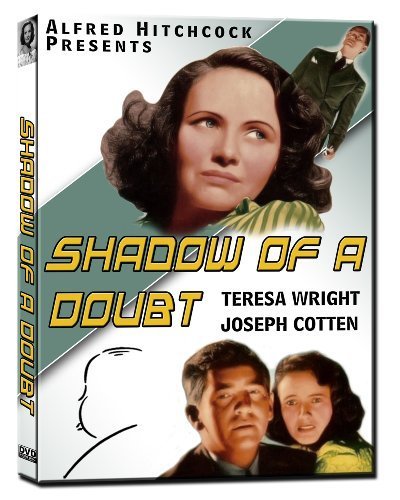
For example, he has Joseph Cotton look directly into the camera for a brief moment as he snatches the newspaper back from Theresa Wright. Whereas those early films were swamped and sometimes spoiled by showy camera tricks, Hitch now uses those techniques sparingly, like playing a trump card. From then on, every shot, move and edit is calculated to keep up the suspense and unfold the plot. He begins by carrying us into the story, sweeping in over the city through scenery both pretty and ugly, to home in on an average looking neighbourhood. By now though he knows exactly how to use the camera to manipulate the audience. Hitch's British pictures had great charm and character, but they were often technically a little haphazard. It is the purest example of murder in a "normal" setting, bringing the audience uncomfortably close to the killer, helped along with plenty of the grisly gallows humour that the Master loved.

It represents a welcome return to the domestic murder dramas that had given him his earliest successes (The Lodger, Blackmail), with a storyline ideal for Hitchcock. Finally, with Shadow of a Doubt he came upon a project that was right up his street.


He had made a couple of adventure thrillers in the vein of his late 30s British films, but the old magic wasn't there. Three years and five pictures into his Hollywood career, Hitch had been having some trouble finding projects he was comfortable with. He wasn't comfortable adapting his style to suit the material, but when the material suited his style he could do incredible things. Alfred Hitchcock's style as a director was a bit like a train it ran perfectly well, but only along its own lines.


 0 kommentar(er)
0 kommentar(er)
